The Power of an Open Mind: How to Nurture Your Child’s Brain for Lifelong Success
In the fast-paced world we live in, parents are constantly trying to balance their child’s education, extracurricular activities, and personal development.
While academic performance and sports achievements are important, there’s an often-overlooked factor that plays a huge role in your child’s long-term success: Developing Open-Mindedness.
Raising a well-rounded, curious child with an open mind can shape their future far more than just focusing on test scores or grades.
In this article, we’ll explore how you can help your child develop a growth mindset by encouraging new experiences and learning opportunities.
By following the strategies in this article, you will not only help your child become more curious and aware of the world around them but also equip them with the tools they need to become creative problem solvers and lifelong learners. It’s time to go beyond routines and traditional education to unlock your child’s true potential.
Be Open to New Experiences: Lessons from Babies
When you watch a baby interact with the world, it’s like observing a natural-born learner. Babies don’t have preconceived notions or fears of failure, which makes them incredibly adept at absorbing new information. They are curious about everything, from the movement of leaves in the wind to the texture of the carpet. This is what makes their brains grow at an extraordinary rate.
As parents, we can take a cue from babies and remember that home learning doesn’t stop when your child enters school. Real learning comes from exploration, curiosity, and openness to new experiences. To help your child develop a brain that’s constantly growing, you need to nurture their natural curiosity and create opportunities for them to engage with the world in new ways.
How Mia Overcame Her Fear of Trying New Things
Consider Mia, a shy 9-year-old who was terrified of trying anything new. Her parents noticed that she was hesitant to explore new activities and even refused to eat foods she had never tried before. Understanding the importance of keeping her brain open to new experiences, they introduced “Food Adventure Night.” Every Friday, the family would choose a new dish from a different culture to prepare and eat together.
At first, Mia resisted, complaining and pushing the food away. But over time, she became curious about the new flavors and textures. Eventually, she discovered that she loved sushi and spicy Indian food. The experience not only opened up her taste buds but also gave her the confidence to try other new things in her life, like joining the school soccer team. Mia’s story shows that a little encouragement to break free from routine can have far-reaching effects on a child’s willingness to embrace the unfamiliar.
How Tim opened his perspective via His Global Pen Pal
Tim, a 12-year-old, had a narrow view of the world. His parents decided to sign him up for a pen pal program where he would exchange letters and emails with a child from another country. Tim’s pen pal was a boy from Japan who shared stories about his life, his culture, and his favorite foods. Tim was fascinated by the differences between their lives and began to research more about Japan on his own. This real-life experience broadened his understanding of the world and showed him how diverse people’s lives can be.
Your child may feel intimidated by opening his mind and overcoming his or her fear of trying new things. Here are proven tactics that you can try at home to help your child overcome his or her fears and enjoy the process.
Tip #1: Take a “Curiosity Walk”
One way to encourage your child to be more open to the world is by incorporating a daily “curiosity walk” into your routine. Set aside just 15 minutes each day to walk around your neighborhood or a nearby park. During the walk, challenge your child to find something they’ve never noticed before, whether it’s a strange-shaped cloud, a unique flower, or an unusual sign.
Asking questions like “What do you think this is?” or “Why do you think it looks like that?” engages their brain and encourages them to observe their surroundings more closely. These short, mindful walks can spark curiosity and creativity while fostering a connection with nature and the environment.
Tip #2: Keep a Curiosity Journal
In addition to curiosity walks, another way to build your child’s observation skills is by keeping a “Curiosity Journal.” After each walk or new experience, encourage your child to draw or write down what they noticed. The simple act of reflecting on their observations helps solidify learning and encourages them to stay curious throughout the day.
Tip #3: Break Free from Routine
Routine provides structure and comfort, but sticking too closely to a routine can stifle creativity and brain development. Just like adults, children can become mentally stagnant when they go through the same motions every day. If your child does the same activities in the same way, they’re less likely to encounter new challenges or think critically.
The key to brain growth is diversity in experiences—whether that’s tasting a new food, learning a new skill, or interacting with different types of people. Encourage your child to try new things regularly to keep their brain engaged and flexible.
Tip #4: The “New Experience” Challenge
To break free from daily routines, create a family “New Experience” challenge. Each week, pick one new activity to try together as a family. It could be as simple as visiting a new park, attending a community event, or learning a new game. The goal is to expose your child to something unfamiliar and create positive associations with trying new things. Over time, they’ll develop a more flexible and adaptive brain that thrives on new experiences.
Tip #5: Encourage Reading and Diverse Conversations
Reading is one of the most effective ways to introduce your child to new information, ideas, and perspectives. However, it’s important to avoid letting them stick only to familiar genres or comfortable subjects. By encouraging your child to read widely—books from different cultures, historical eras, or genres—they’ll expand their understanding of the world. The more they read, the more their brain gets exposed to new ideas, helping it grow in creative and critical thinking.
Tip #6: Family Reading Challenge
Try hosting a monthly family reading challenge where each family member selects a book that’s different from their usual picks. After everyone finishes their book, sit down together to discuss what they learned and how it opened their mind to new ideas. This activity not only encourages reading but also builds a culture of learning and curiosity within the home.
Beyond books, conversations with people from diverse backgrounds are also crucial for developing a well-rounded mind. When children are exposed to different opinions, they learn to think critically and appreciate various viewpoints.
Tip #7: “Opinion Hour” at Home
To teach your child the value of diverse opinions, introduce “Opinion Hour” at home. Choose a topic—whether it’s a news story or a question about the environment—and give each family member a chance to express their opinion without interruptions. Encourage your child to listen to all sides and even change their opinion if they hear something new. This teaches them that being open-minded is a key part of learning and growth.
Tip #8: Stay Open-Minded by Exploration Through News
An open mind is essential for a developing brain. Many adults hold onto rigid beliefs about politics, religion, or how the world works, but children don’t need to fall into this trap.
Help your child understand that it’s okay to change their mind after learning new information or hearing a different perspective and one very effective way is exposing your child to world news to help them stay open-minded about how people live and think differently across the globe.
Dedicate a few minutes each day to read or watch international news together. Pick one story to discuss, focusing on how different countries handle situations and how cultures vary. Ask questions like, “How do you think life is different there compared to here?” This encourages empathy and an appreciation for diversity.
Final Thoughts: Grow Together
The process of growing your child’s brain doesn’t have to be complicated. It’s about making small changes to daily routines that encourage curiosity, flexibility, and open-mindedness. Whether it’s taking a curiosity walk, trying new foods, reading diverse books, or engaging in thoughtful conversations, these activities build the foundation for a smarter, more adaptive brain. By nurturing your child’s natural inclination to learn, you are setting them up for success—not just in school but in life.
Remember, brain growth is not about being perfect or always getting the right answers. It’s about staying curious, trying new things, and being open to the world around you. As a parent, you have the incredible opportunity to model this mindset and grow alongside your child.

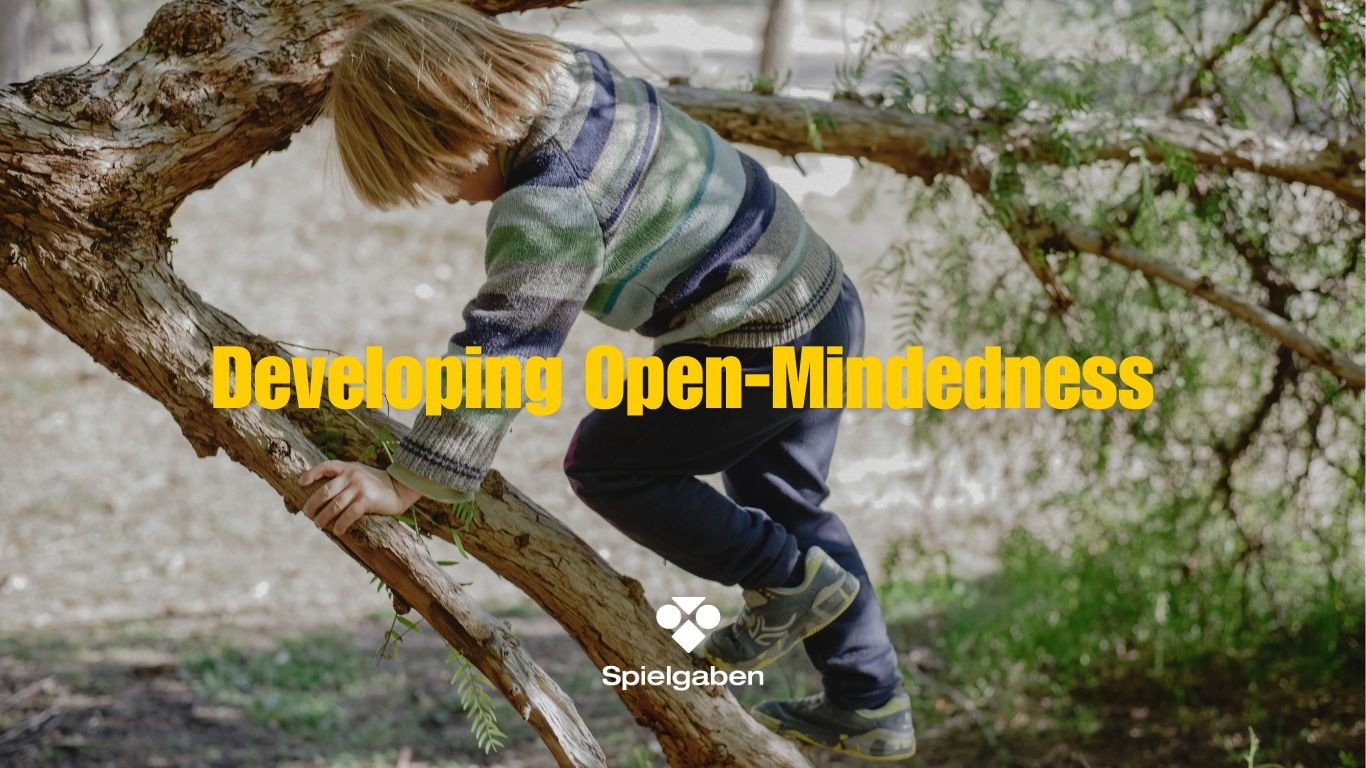
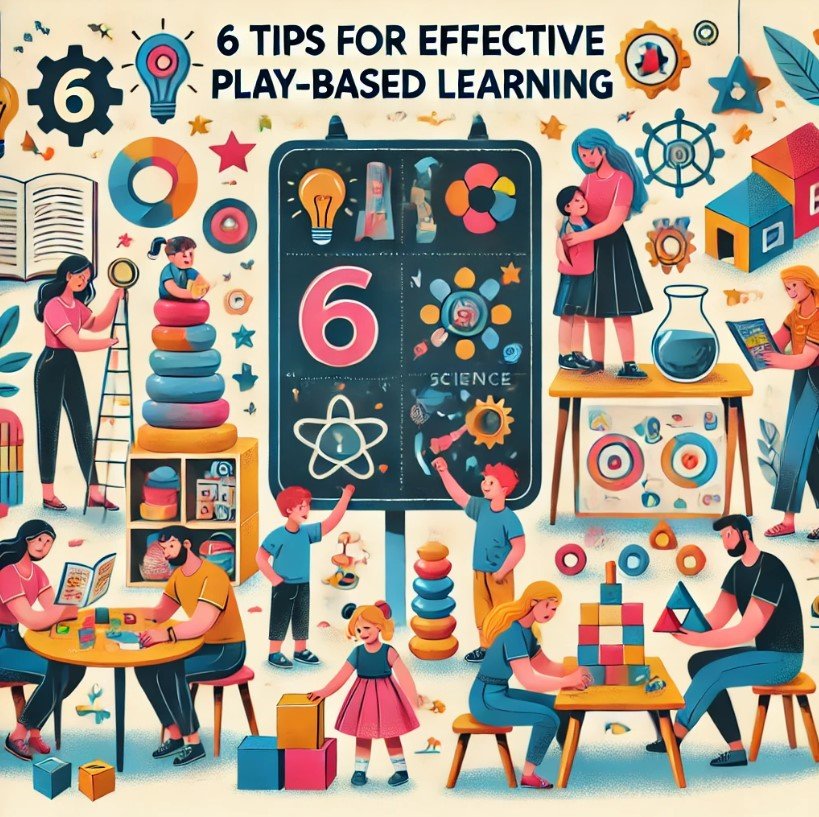
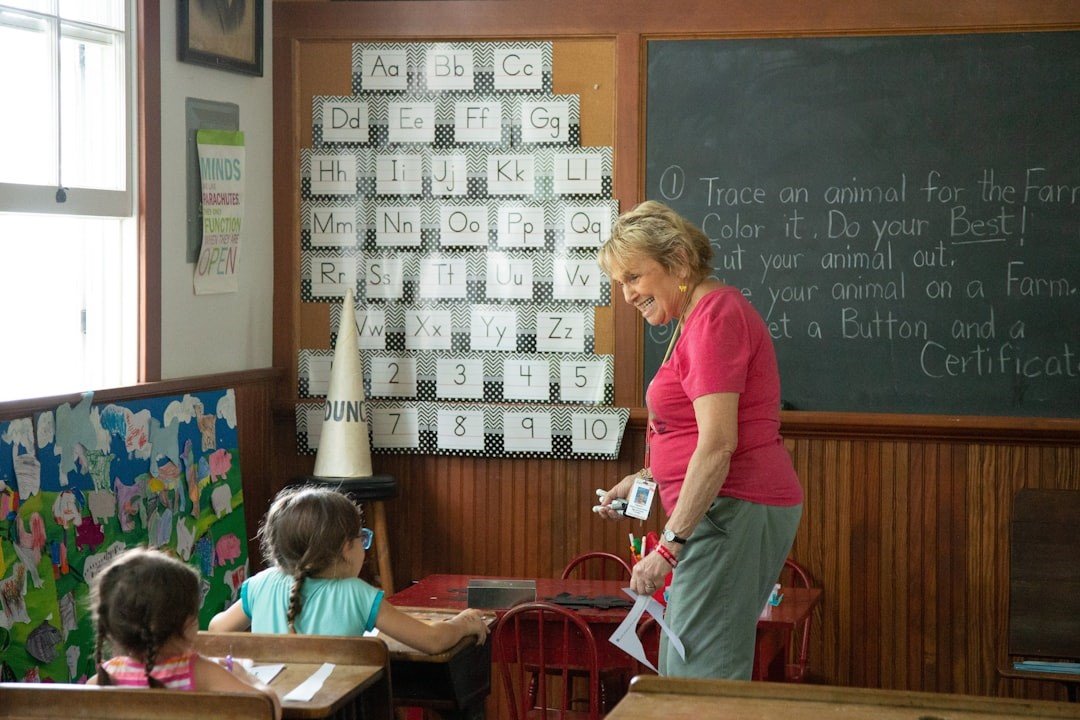
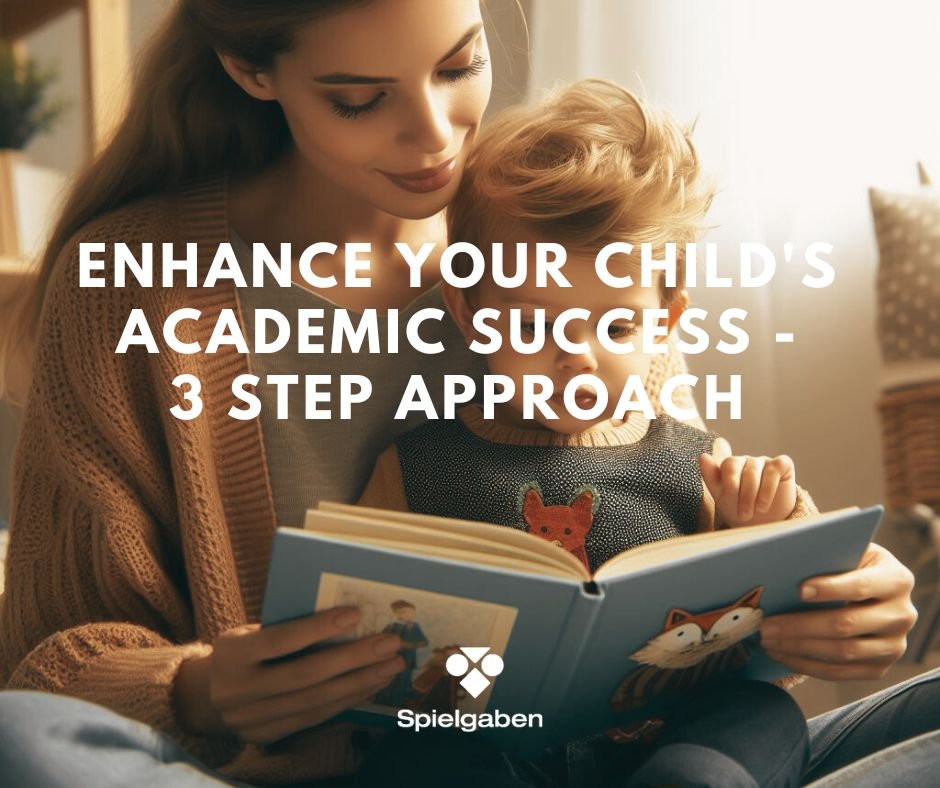
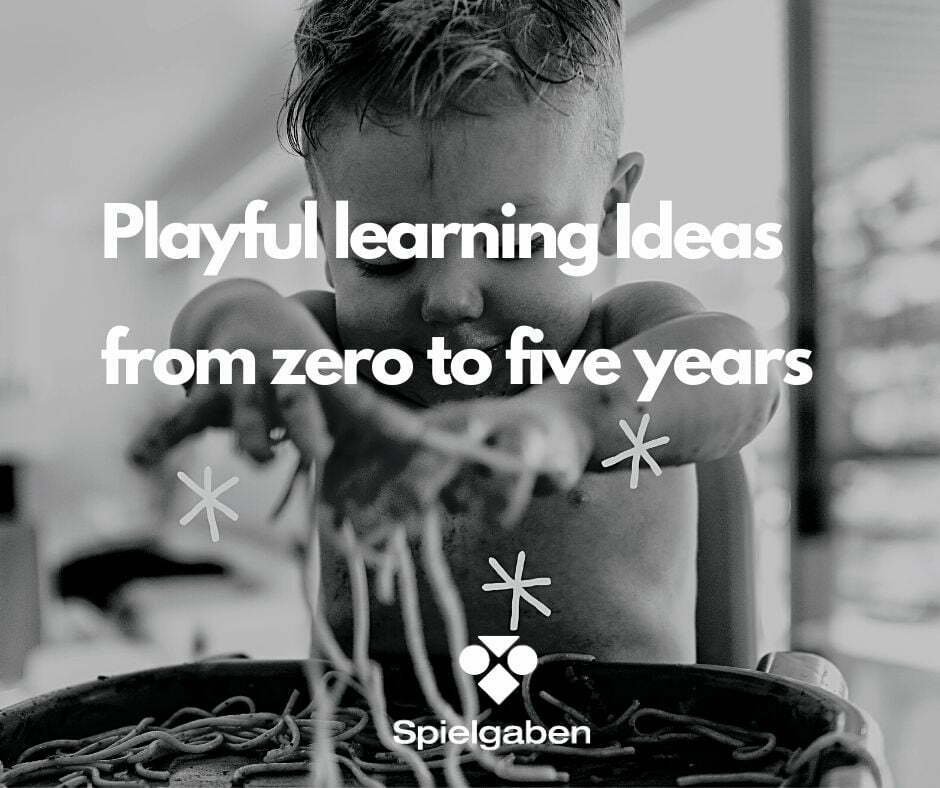
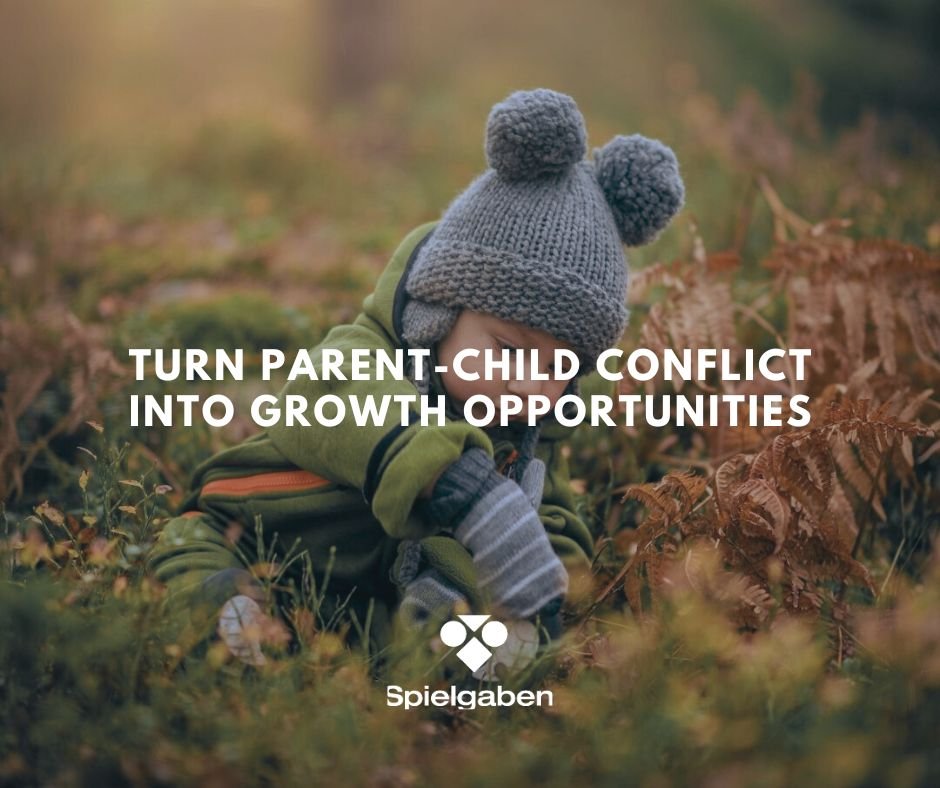



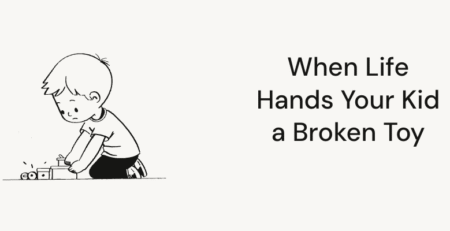


LEAVE A COMMENT